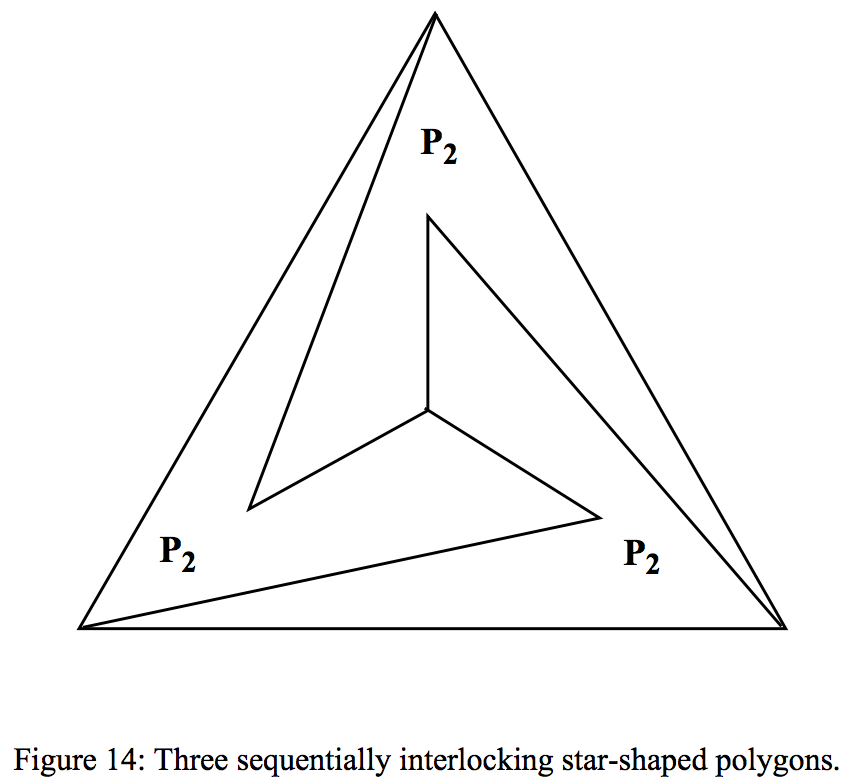I have already up-voted Allen's answer (see above). His solution is discrete though. I thought I would write a comment but it's simpler to provide an extension of his method right here. I will even generalize his approach slightly. You may up-vote Allen for all this, instead of my answer.
Let's fix a selection function--given an arbitrary convex body $B\subseteq\mathbb R^n$, let $s(B)\in B$.
Let $F$ be a family of pairwise disjoint convex bodies in $\mathbb R^n\,$ (bodies $\,$means$\,$ compact and n-dimensional). $\,$Define
$$\forall_{t\ge 1}\ T_t(B)\ := \{x\in\mathbb R^n\,:\, x-(t+1)\cdot s(B)\in B\}$$
Then $T_t\ $ (for $t\ge 1)\ $ move convex bodies $B\in F$ rigidly, and keep them separated all the time, where the separation goes to $\infty$ when $t\rightarrow \infty$.
In particular, one can select $s(B)$ to be the center of gravity of $B$.
REMARK $\,$ We may decide on $s(B)$ being the center of gravity of $B$, as Allen has done. Then $\ \forall_{t\ u\ge 1}\ T_{t\cdot u} = T_u\circ T_t$.

